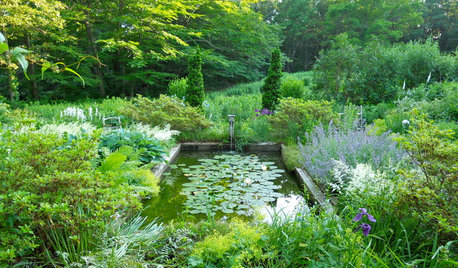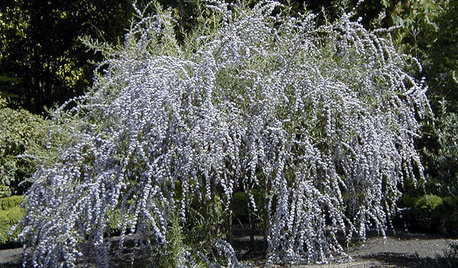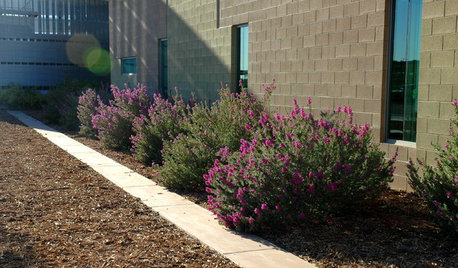removing trees and shrubs
User
14 years ago
Related Stories

TREESHow to Buy Healthy Trees and Shrubs
A healthy young plant with a strong form is more likely to do well in your yard. Here’s what to look for at the nursery
Full Story
PLANTING IDEAS5 Reasons to Bring Shrubs Into the Flower Garden
Mix up the garden experience and let the flowers and shrubs play together
Full Story
GARDENING AND LANDSCAPINGVase Shapes Set Shrubs Apart
Billowing on top and slender on the bottom, shrubs in a vase shape showcase blooms and foliage to perfection in the landscape
Full Story
GARDENING GUIDESHow to Avoid Overcrowded, Overpruned Shrubs
Go for a more natural look that’s easier and less expensive to maintain by giving your plants the right amount of growing room
Full Story
GARDENING GUIDESHow to Prune Your Flowering Shrubs for the Best Blooms
Less is often more when it comes to properly pruning flowering shrubs. Here’s what to do and why
Full Story
GARDENING GUIDES10 Drought-Tolerant Shrubs That Thrive in Full Sun and Reflected Heat
Got a hot spot in your garden where plants often die? Try these tough shrubs that add beauty while shrugging off the heat
Full Story
GARDENING GUIDESPrunus Virginiana Thrives Under Deciduous Trees
Plant chokecherry for showy white flowers favored by native bees in spring, and to provide nesting habitat and food for birds
Full Story
GARDENING GUIDESHow to Keep Your Trees Healthy
Ensure your trees’ vigor for years to come with these tips for protecting roots, watering effectively and more
Full Story
GARDENING GUIDES8 Native Shrubs for Year-Round Bird Feeding
It’s not just about berries. These plants provide insects for birds and seasonal interest for gardeners
Full Story
GARDENING GUIDES8 Deer-Resistant Elegant Evergreen Shrubs to Plant This Fall
Who knew that such beautiful shrubs could be deer-resistant?
Full StorySponsored






brian_zn_5_ks
UserOriginal Author
Related Professionals
Canton Landscape Architects & Landscape Designers · Norton Shores Landscape Architects & Landscape Designers · Seabrook Landscape Architects & Landscape Designers · Taylorsville Landscape Architects & Landscape Designers · San Juan Landscape Architects & Landscape Designers · Arlington Landscape Contractors · Canton Landscape Contractors · Davidson Landscape Contractors · Doctor Phillips Landscape Contractors · Hawaii Landscape Contractors · Lemoore Landscape Contractors · Irvington Landscape Contractors · Shenandoah Landscape Contractors · Fullerton Driveway Installation & Maintenance · Springfield Driveway Installation & Maintenancebahia
inkognito
UserOriginal Author
Embothrium
muddydogs
Embothrium
inkognito
Embothrium